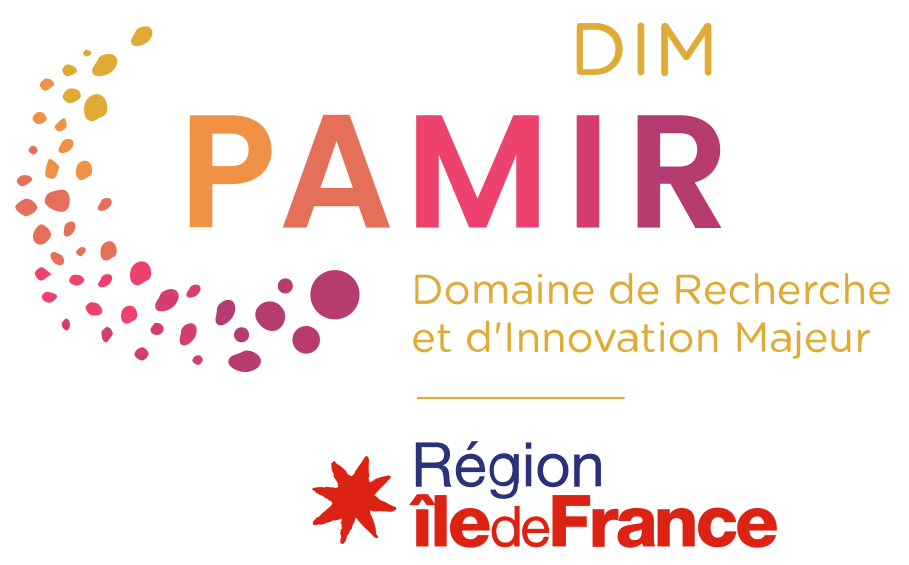
PALINUM-Data
3D scan and database of Bernard Palissy’s grottoes
Scientific responsibility :
- Françoise Barbe
- Delphine Carrangeot
- Davide Gherdevich
- Pauline Lemaigre-Gaffier
- Aurélie Gerbier
- David Giovanacci
- Federico Nurra
Methodological axes :
Thematic fields :
Disciplinary sectors :
Funding :
- DIM PAMIR
- Musée du Louvre
- Musée de la Renaissance
- UVSQ
- Ministère de la Culture
Project ID : IDF-DIM-PAMIR-2023-9-004
Summary :
The Musée national de la Renaissance at the Château d’Écouen preserves several thousands of archaeological fragments excavated in the 1980s at the Parisian workshop of the famous Renaissance ceramist Bernard Palissy (1510-1590). Settled in the Tuileries Garden from 1565, he built an artificial grotto for Catherine de Medici, after having worked on a first project for the Constable Anne de Montmorency. The major innovation of these architectures lies on the one hand in the material used, glazed terracotta, on theother hand in its repertoire known as “rustic figulines”, mixing naturalistic representations of animals, plants and minerals that he casted from life. Several obstacles hamper historical and material research on these grottos: fragmented sources, heterogeneous materials and various decorative features. The size and weight of certain elements also complicate handling. Although the most beautiful artefacts in this collection are well known today, the vast majority of the fragments, due to their number and their state of preservation, are not on display in the museum or integrated in a database, which makes their study difficult.
To overcome these difficulties and provide open data, the objective of the PALINUM-Data project is to carry out the 3D digitization of a selection of fragments representative of the many features of the grottos. The data acquired will be available for the scientific community through a semantic website that can be consulted online and hosted by Huma-Num. Once the equipment has been completed, we envisage that it will be used and completed within the framework of a PALINUM-Hypotheses project, led by a postdoctoral researcher who will work on hypotheses for the restitution of these grottos, for which the DIM-PAMIR and the Fondation des sciences heritage will be solicited.
To overcome these difficulties and provide open data, the objective of the PALINUM-Data project is to carry out the 3D digitization of a selection of fragments representative of the many features of the grottos. The data acquired will be available for the scientific community through a semantic website that can be consulted online and hosted by Huma-Num. Once the equipment has been completed, we envisage that it will be used and completed within the framework of a PALINUM-Hypotheses project, led by a postdoctoral researcher who will work on hypotheses for the restitution of these grottos, for which the DIM-PAMIR and the Fondation des sciences heritage will be solicited.

